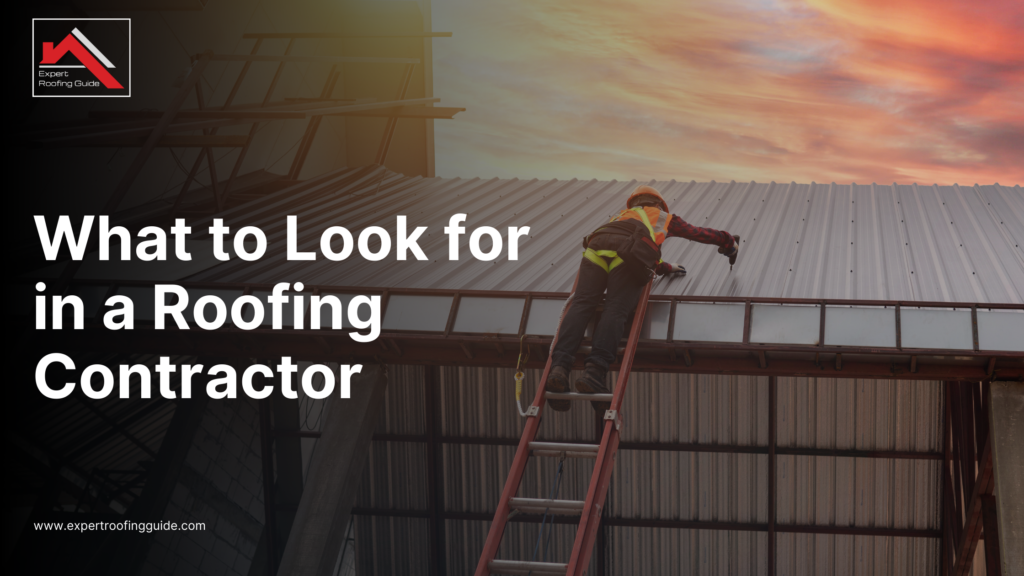A thatched roof instantly evokes charm, history, and a timeless aesthetic rarely found in modern structures. While quintessentially associated with old-world cottages and quaint villages, these roofs are still admired for their unique beauty and functionality. Whether you’re a homeowner, a roofing professional, or a thatch enthusiast, understanding the nuances of thatched roofs is essential to appreciate their benefits and address potential challenges.
This guide explores the common issues with thatched roofs, how to prevent and address them, and the pros and cons of owning a thatched roof. By the end, you’ll have a complete picture of whether this roofing style fits your needs, along with expert tips for maintenance and care.
Common Issues with Thatched Roofs
Despite their appeal, thatched roofs are not without problems. Understanding these issues will help you prepare for or mitigate them effectively:
1. Leaks
One of the most common challenges with thatched roofs is leaks. These typically occur at specific points such as the ridge (capping), valleys, and corners.
- Leaks in the Ridge (Capping)
The capping is often made from cement or other materials that can crack over time if no expansion joints are integrated during installation. Cracks in the capping can lead to water seeping into the roof and leaving internal damage. To prevent this, waterproof membranes can be added beneath the capping to allow flexibility and movement while preventing water ingress.
- Leaking Valleys
The valleys, where two slopes of the roof meet, bear the brunt of heavy rain and are slower to dry out. Without proper drainage solutions, the moisture can bring about rot. Installing specialized valley sections for water flow is a recommended solution.
- Corner Leaks
Corners are challenging areas for thatchers, especially if not adequately compacted. Thinly packed corners can suffer wind damage and water seepage. Retatching and using hex-net, a wire mesh, can offer robust protection in windy locations.
2. Compaction Issues
Proper compaction is crucial for a thatched roof’s durability. Without adequate compaction, the roof may experience accelerated rotting, wind damage, and even increased fire risk because air pockets in the loosely packed material permit oxygen flow. Re-tensioning or re-thatching are often required to tackle poorly compacted roofs, making expert workmanship essential from the start.
3. Animal Damage
Birds, rodents, and even larger animals like monkeys can harm thatched roofs. They are often drawn to nests, seeds, or food remnants mixed in with the straw. Birds and small mammals may also pull apart the thatch materials to build nests, leading to gaps. Installing hex-net and keeping nearby trees pruned can help deter these animals.
4. Cracking in Capping
Cracking is common in the cement used at the ridge of thatched roofs when expansion joints aren’t fitted during construction. Over time, these cracks grow, allowing water to seep through. Covering the capping with a waterproof membrane or regularly inspecting and repairing the area can prevent long-term issues.
5. Fire Risks
Thatch is a highly flammable material, and without proper precautions, thatched roofs can ignite from a single misplaced spark. Most fires originate from chimneys, making the installation of chimney heat alarms, spark arrestors, and fire-retardant sprays essential.
Preventing and Addressing Thatch Problems
With proactive maintenance and experienced professionals, homeowners can drastically reduce the risk of these common issues. Here are the best practices for preserving and protecting your thatched roof:
1. Regular Inspections and Maintenance
Conduct professional inspections annually to address minor issues before they escalate. Additionally, brushing the roof can extend its lifespan by removing loose or rotting materials.
2. Hire Experienced Thatching Contractors
Always work with a certified thatcher to ensure high-quality craftsmanship. Improperly installed thatching often shortens the roof’s lifespan and leads to recurring problems.
3. Maintain Proper Roof Pitch
A roof pitch of at least 45 degrees is vital for optimal water drainage. A less steep pitch increases the likelihood of pooling water and eventual leakage.
4. Use Fire Retardants
Apply fire-retardant sprays and install chimney heat alarms to minimize fire risks. These simple solutions can make a significant difference, especially in homes with wood-burning stoves or fireplaces.
5. Prevent Animal Damage
Prune nearby trees, add hex-netting to vulnerable areas, and address infestations promptly to keep animals at bay. Regularly monitor the roof for signs of tampering or damage caused by wildlife.
Benefits of Thatched Roofs
Despite their challenges, thatched roofs offer numerous advantages that make them a worthwhile investment for many homeowners:
1. Natural Insulation
Thatch provides excellent thermal regulation, keeping homes cool in summer and warm in winter. This can lead to reduced energy consumption and utility bills.
2. Eco-Friendly Materials
Thatched roofs are made from renewable and biodegradable resources such as water reed and wheat straw, making them an environmentally conscious choice.
3. Aesthetic Appeal
Thatch lends a unique, charming quality to homes. Its rarity and historical significance often increase the property’s market value and visual appeal.
4. Durability
When installed and maintained correctly, thatched roofs can last decades. Water reed, for example, can last up to 65 years, while combed wheat reed and long straw offer lifespans of 20–40 years and 15–25 years, respectively.
Potential Drawbacks
It’s also important to consider the downsides of owning a thatched roof:
1. Fire Risks
While the probability of fire is low, the speed at which fire spreads in a thatched home is much higher than in homes with tiled roofs. This necessitates extra precautions and higher insurance costs.
2. Higher Installation Costs
Thatched roofs are labor-intensive and require skilled artisans. The costs are significantly higher than traditional roofing materials due to their specialist nature.
3. Maintenance Requirements
Annual inspections and periodic maintenance, particularly for the ridge capping, are necessary to avoid long-term damage. Over time, the costs can add up.
4. Animal Problems
Even with precautions, the occasional rodent or bird may find its way in, necessitating minor repairs or additional deterrents.
5. Insurance Challenges
Not all insurance providers cover thatched roofs, and those that do often charge significantly higher premiums. Homeowners must shop carefully for tailored policies.
The Charm of Thatched Roofs with Proper Care
Thatched roofs beautifully marry tradition with functionality when properly cared for. However, their benefits can only be fully realized when homeowners commit to regular maintenance and enlist professional expertise. Whether you’re drawn to their rustic allure or their sustainable materials, taking proactive steps to mitigate potential issues will ensure your thatched roof remains a timeless treasure for years to come.
For homeowners and enthusiasts, understanding the intricacies of thatching is essential to appreciating its unique value. With adequate maintenance and preservation, you can enjoy both the charm and the functionality of one of history’s oldest forms of roofing.



